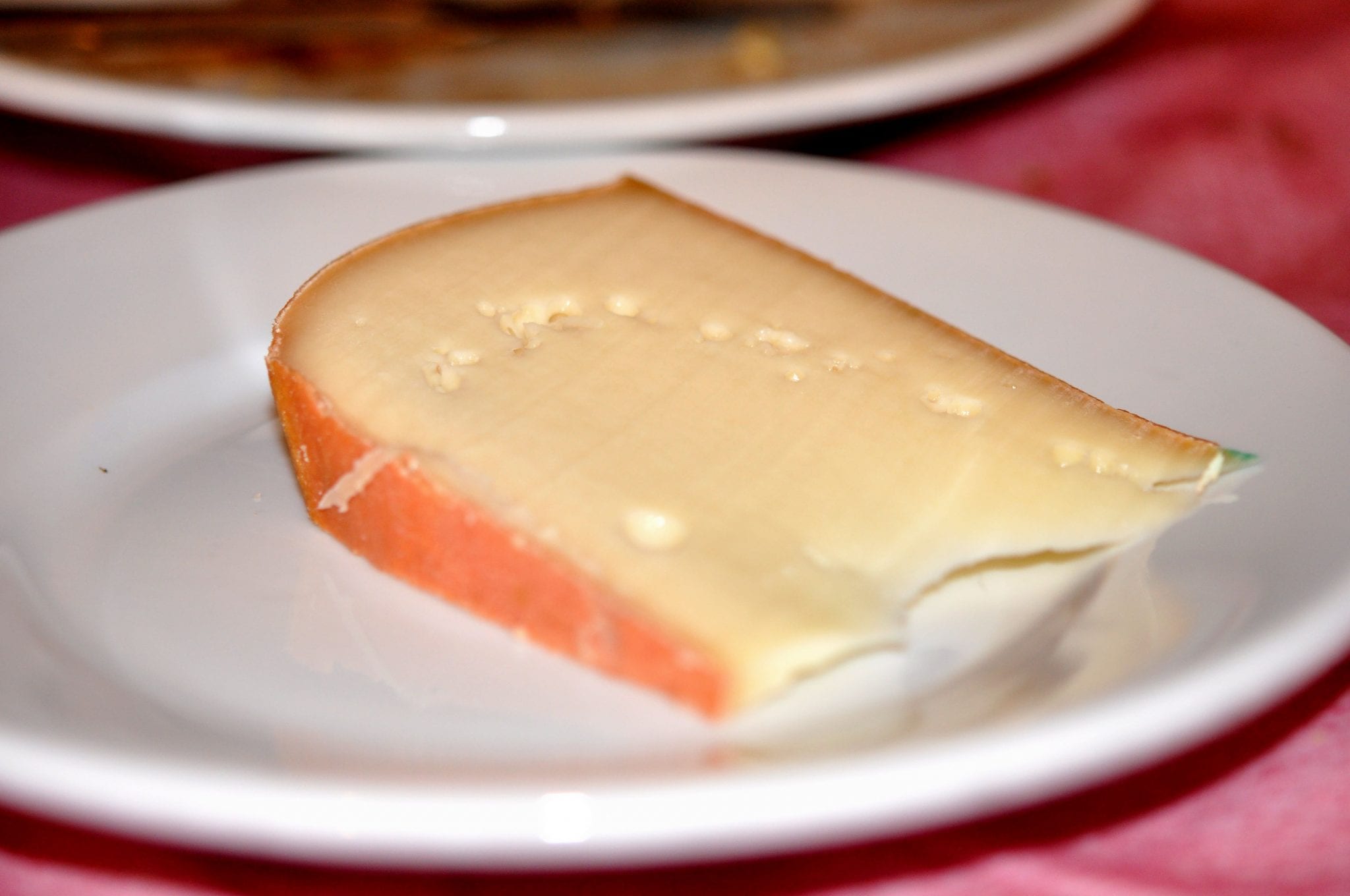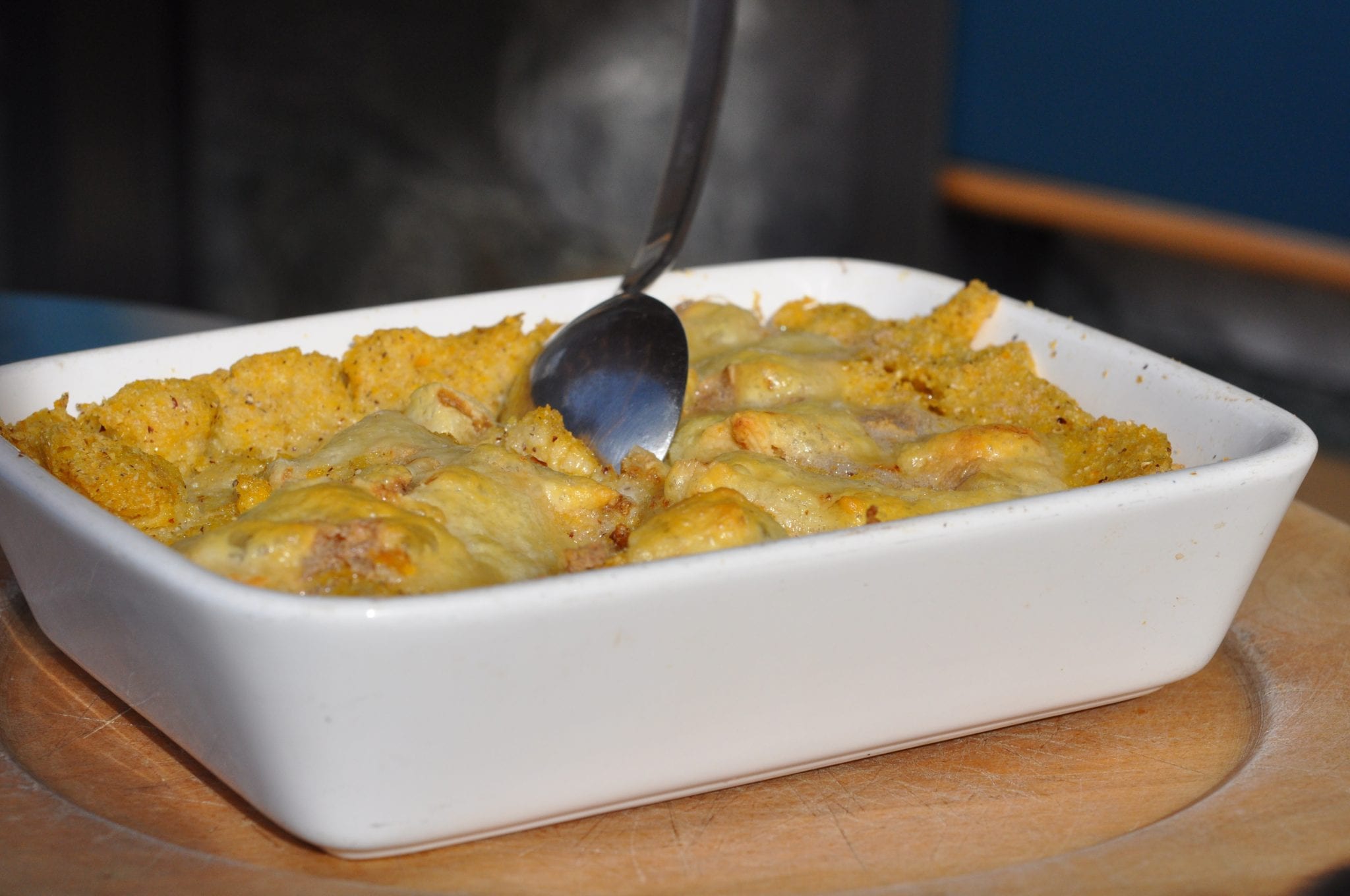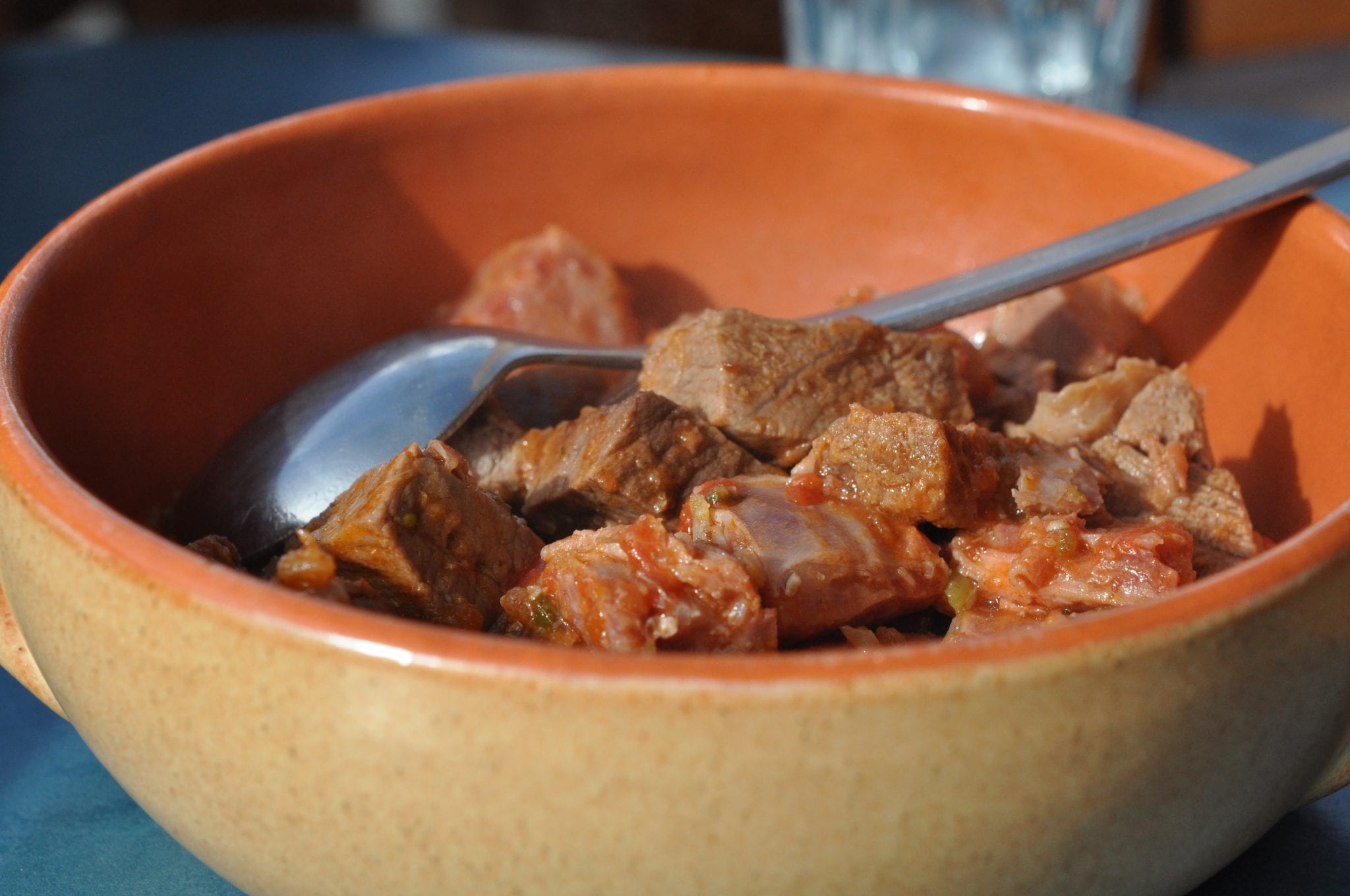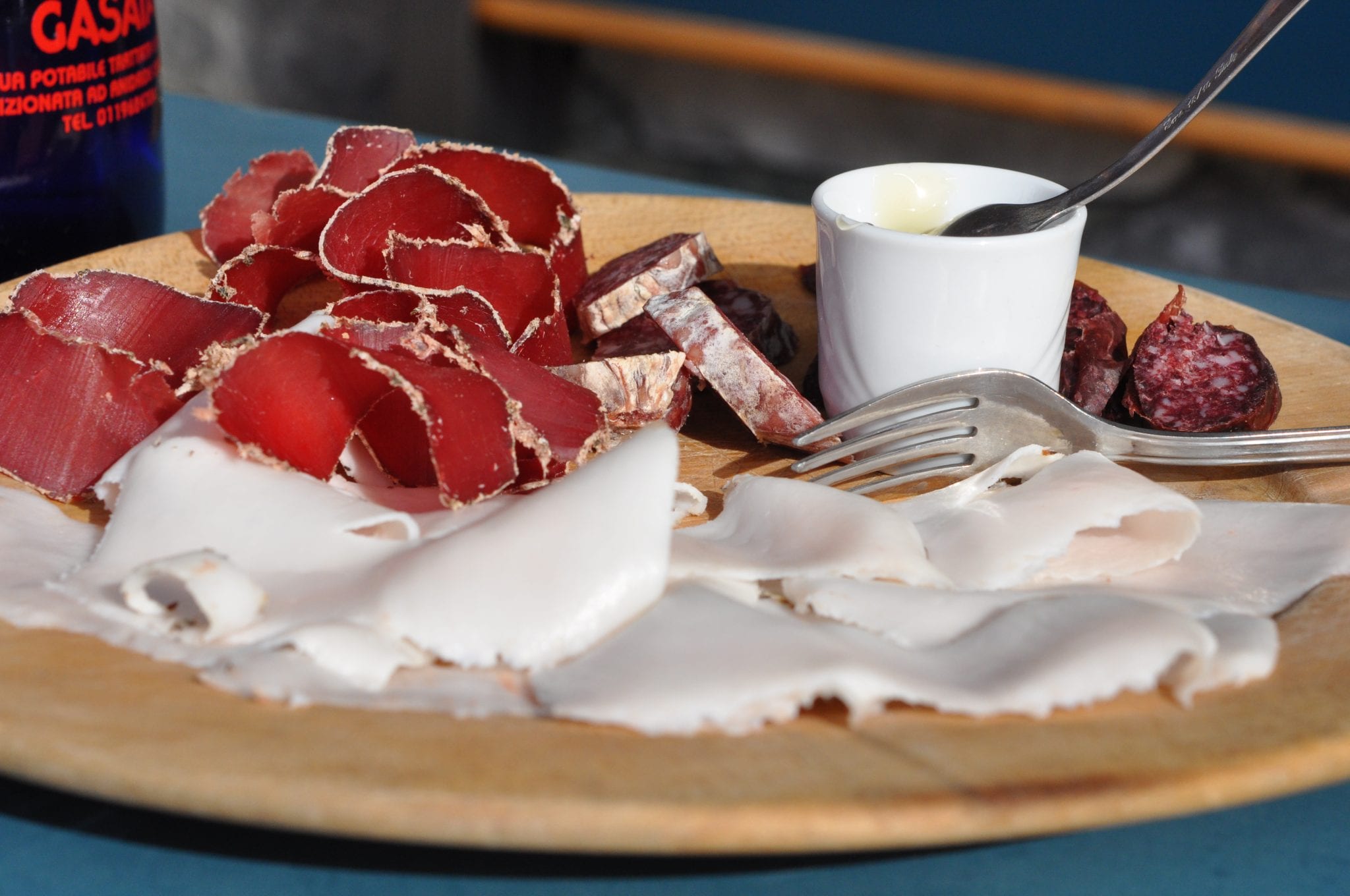
Italian Alps Food Guide: Alpine Cheese, Dolomite Dishes & More
August 27, 2024
Think of the Italian Alps and Dolomites, and you’re likely to think of skiing and mountain-climbing. Something else that should come to mind? The regional cuisine – Italian Alps food, to be exact!
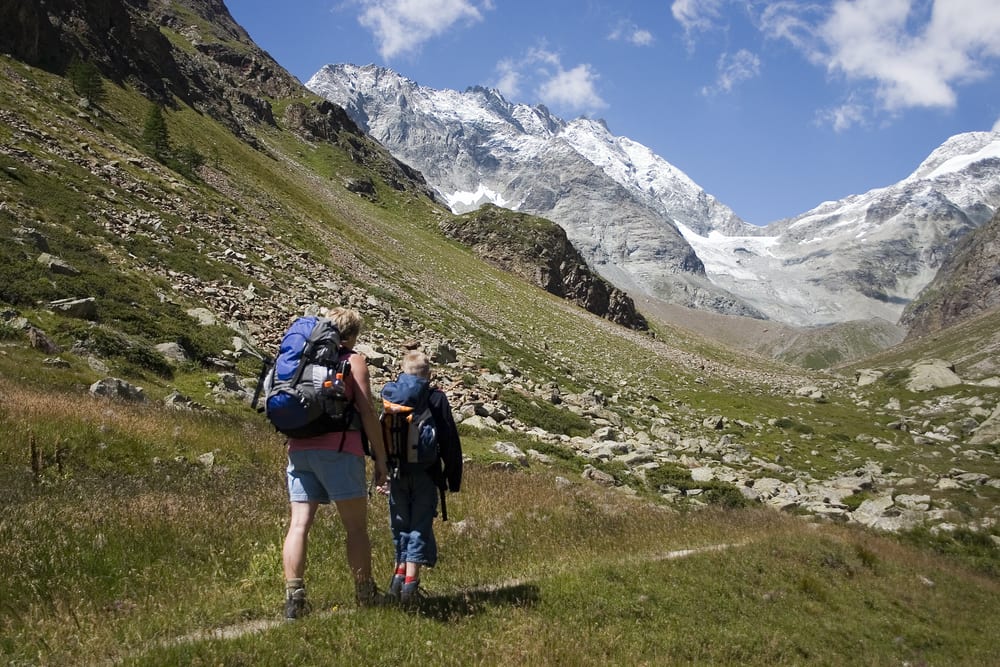
Planning on a hike? Pack a picnic lunch with some delicious Italian Alps food from the local store.
Some of Italy’s best foods, including meats and Italian cheeses like prosciutto, speck, and Fontina cheese, come from the Italian Alps. Plus, the Italian Alps, including the Dolomites, benefit from a mixed cultural heritage that makes them unlike any other region in Italy. Remember, Italy’s Alps border France, Switzerland, Austria, and Slovenia.
Want to know what to eat when visiting the Italian Alps? Here are some of our favorite dishes in the Alps and Dolomites, including in the Valle d’Aosta, South Tyrol, Friuli-Venezia Giulia, and parts of Lombardy, Piedmont, and the Veneto!
Table of Contents
ToggleItalian Alpine Cheese
Fontina
One of Italy’s best-loved cheeses, Fontina tastes mild, rich, and almost nutty, and can be either hard (if mature) or soft and perfect for melting (if younger). It’s originally from the Valle d’Aosta, where it was first created back in the 13th century and whose version is protected by DOP status; other versions are now made in Denmark, France, Sweden, and even the U.S. (To make sure what you’re eating is “true” Italian fontina, make sure the cheese has consortium stamp of the Matterhorn with the script “Fontina”).
Montasio
A DOP-protected cheese, Montasio was first made by Benedectine monks in the mountains… around the year 1200! The cheese quickly became a much-desired foodstuff: In 1775, a price list from the city of San Daniele listed Montasio as being much more expensive than other cheeses. Montasio Fresco, aged between 2 and 5 months, is mild; Montasio Mezzano (aged 5-12 months), is firm and tastes full; and Montasio Vecchio (aged more than 12 months) is hard, sharp, and perfect for grating over pasta or soup.
Meats from the Italian Alps
Mocetta
Traditionally, this cured meat of the Valle d’Aosta came from goat—but now, it’s acceptable to use beef, too. It’s spiced, salted, and aged, and delicious with some bread and lardo d’Arnad (see below!).
Lardo d’Arnad
Made in the Valle d’Aosta, this specialty from the Italian Alps has become famous throughout Italy. What is it? Lard! It might sounds strange, but it’s delicious; the lard is spiced, has a smooth, buttery texture, and perfect drizzled with honey and eaten on bread. Lardo d’Arnad is DOP-protected, and must be made in a very specific way, including being cut from the back of the pig, and seasoned with a mixture of mountain herbs, spices, and salt.
Boudin
Not for the faint of heart, this is the Valle d’Aosta’s blood sausages—although if you bit into one and nobody told you, you might never know! Slightly sweet, the sausages are a mixture of cured fat, vegetables, spices, and, yes, blood.
Prosciutto di San Daniele
Along with the prosciutto crudo produced in Parma, this is the most famous prosciutto, or dry-cured ham, in all of Italy! By the 13th century, the pork produced in San Daniele (a town in Friuli-Venezia Giulia) had already made its way into written texts. It was such a delicacy, in fact, that in 1547, San Daniele sent sixty pairs of its hams to the high prelate involved in the Council of Trent!
Today, prosciutto crudo di San Daniele is DOP-protected, meaning it must adhere to very strict requirements—including that the pigs used must be born, bred and slaughtered in one of 10 Italian regions, only their rear thighs are used, and the prosciutto is matured for 13 months. (Find out more about prosciutto crudo!)
Speck
A specialty of South Tyrol, speck is a salted, spiced, and dried ham that comes from the pig’s hind leg. First made as early as the 13th century, Speck Alto Adige has been given a DOP status, which applies to the kind that’s made by marinating the ham for two weeks in a spiced brine; dried and smoked for two weeks; and hung for four months. The result? Delicious!
Traditional dishes from the Italian Alps
Fonduta valdostana
This is the fondue of the Valle d’Aosta, made of Fontina cheese, cream, and eggs. After a cold day in the Alps, there’s nothing better than tucking into fonduta valdostana.
Zuppa valdostana
A traditional soup from Valle d’Aosta features big chunks of bread in broth covered in melted Fontina cheese. This hearty dish is stick-to-your-ribs delicious!
Gnocco gigante
A “giant dumpling,” this is made out of breadcrumbs, flour, butter, salt, eggs, and ham and steamed. You can find it in Friuli-Venezia Giulia, Trento, and Alto Adige.
Canederli
Known on the Austrian side of the border as knödel, canederi are, quite simply, dumplings, made from bread-crumbs, eggs, and lots of other additions, like liver, cheese, or herbs. You can find these in the South Tyrol (Trentino-Alto Adige), where, unsurprisingly, much of the cuisine has a distinctly Austrian influence.
Polenta
Made from affordable maize flour, polenta has been a food of Italy’s hardiest—and, often, poorest—Italians ever since maize was introduced to Italy from the New World. But in the north, it’s raised to a high art. The mixture is extremely versatile: It can be cooled and served in slices, or dished out in a hot, buttery mixture that’s the perfect starchy accompaniment to a meat stew, sausages, or melting cheese like fontina.
Costolette
Veal cutlets, common in the Valle d’Aosta and across the Alps.
Carbonade
A beef stew, popular across the Alps.
Sweet Treats
Montebianco
Named, appropriately, after Mont Blanc or Monte Bianco—which straddles the Valle d’Aosta and France—this dessert looks just like the mountain. It’s made from cooked chestnuts, topped with peaks of whipped cream.
by Walks of Italy
View more by Walks ›Book a Tour

Pristine Sistine - The Chapel at its Best
€89
1794 reviews

Premium Colosseum Tour with Roman Forum Palatine Hill
€56
850 reviews

Pasta-Making Class: Cook, Dine Drink Wine with a Local Chef
€64
121 reviews

Crypts, Bones Catacombs: Underground Tour of Rome
€69
401 reviews

VIP Doge's Palace Secret Passages Tour
€79
18 reviews

Legendary Venice: St. Mark's Basilica, Terrace Doge's Palace
€69
286 reviews









